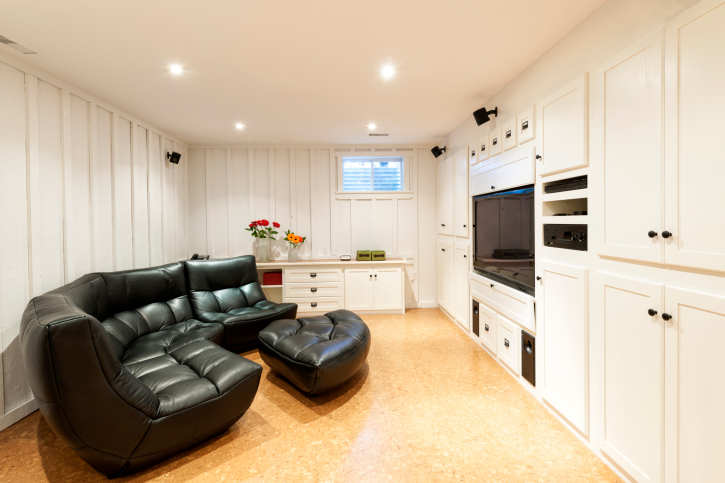
The type of floor installation in areas prone to water and moisture like basements, bathrooms and kitchens, is of paramount importance, but surprisingly, many people make bad decisions and end up with huge hassles. Let’s go through the various choices and see how they fare. The biggest NO is carpeting, and the reason should be a real no-brainer!
Solid Wood: Definitely not for below-grade settings like basements, and not recommended for bathrooms, but it might work in a kitchen floor installation.
Laminate: In the moisture test, this fares slightly better than solid wood because laminate flooring can be glued together. But not all types are glued – some are the lock-in type. The main problem with laminate is that the base layer will blister and self-destruct when water touches it.
Engineered Wood: It performs better than laminate because it has a sturdier, more water resistant base. However, it’s not suitable for continually damp places.
Linoleum Tiles: Because linoleum is oil-based, it stands up well against water. But it’s not a composite material – the tiles have seams that water can get into. Sheet linoleum, on the other hand, is seamless, so it would perform better.
Vinyl Tiles: Now, we’re talking serious water resistance – nothing sheds water like plastic! Again, the only issue could be the seams, and the stick-on tiles have no seam adhesive properties.
Sheet Vinyl: Not a seam in sight – hard to do better than this!






